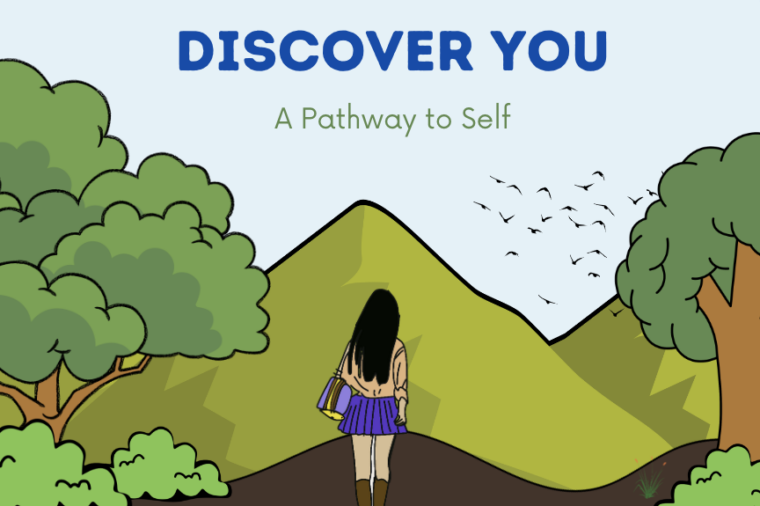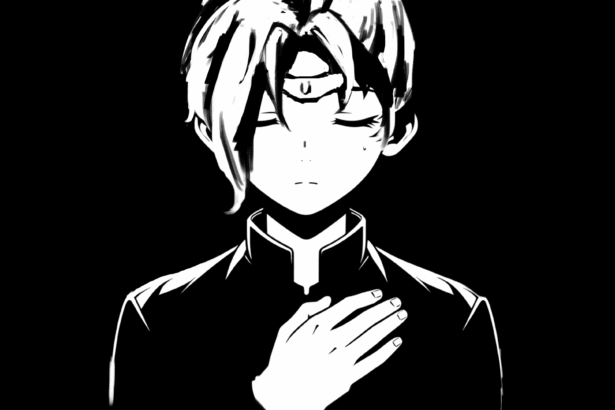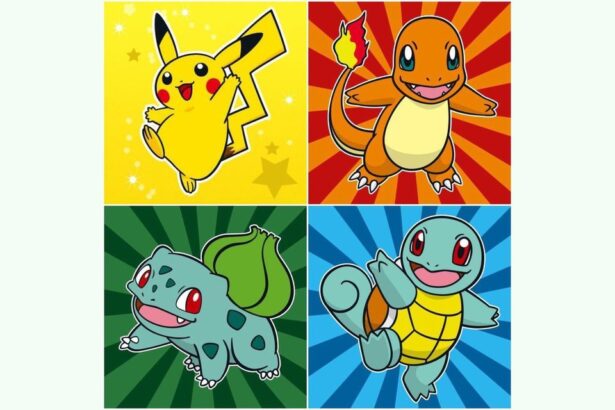I was once a 20-year-old, in the middle of an engineering program, without any idea why I did what I did. However, my life turned around when I decided to take a risk and join a teaching fellowship, something I had never considered before. Now, it was not one single moment that changed my life, but a series of events in those two years that sparked a thought, challenged my ideas, and pushed me to think about my purpose in work and life. I had a strong support system available to ask me the right questions, share the right resources, and balance challenges with care.
Through this project, my hope was to create something similar to help people begin exploring their true purpose in life. I define purpose as the impact that a person wants to create in this world, the long-term vision that they have for themselves in the different spheres of life (personal, professional, social, etc), the values, attitudes and behaviours that they want to operate with, etc.
As I began working on this project, there was one key factor that I wanted my designs to be based on – ‘Learning through self-reflection and active engagement’. Initially, I decided to implement this as a self-paced e-learning module and work on creating an interactive curriculum that would help users gain insights into what this learning module could offer. My initial prototype looked something like this:

I started the design process with a whole lot of excitement and hope and a number of possibilities for what it could look like. In this process, I went through multiple diverge-converge cycles: defining purpose, identifying the various aspects of purpose, deciding the concepts to be covered in this module, exploring tools suitable to each of the learning objectives, etc. I also expanded on this to build a course outline consisting of the various elements that I wanted to focus on for this module.

At this point, I felt a disconnect with what I was trying to create. I found myself working on ideas that I was familiar and comfortable with, being bogged down by the details and failing to look at the bigger picture—the impact of what I wanted to create. I decided to pause and look back at my original purpose for choosing this problem. I was trying to provide young adults with an immersive experience, an opportunity to construct their sense of purpose by actively engaging in meaningful thoughts and conversations.
This was my ‘Dark night of the soul’ (reference to Remix of Austin Kleon’s remix of Maureen McHugh’s’s remix) moment in the design process, and I needed to pivot and approach it with more creativity. I’ve now decided to zoom into the first module of my course, ‘Who am I’, and create an interactive experience where learners co-construct different parts of their identity with the help of reflective questions. I drew inspiration from the Memoji creator on iOS, where instead of selecting physical characteristics, the tool would provide them with options to explore aspects of identity like race, ethnicity, gender, religion, spirituality, etc. Based on what they choose, they will be provided with choices to begin with and then build on that through reflection questions. I am currently prototyping this and hope to build it out further in the future.
I started my first learning design journal entry with a more structured and what I thought was a fixed and comprehensive idea of learning design. However, at the end of this design journey, I am glad to say that there is no one definition of learning design that I would stick to. However, some key ideas that I would take away are as follows:
- The experience of the users is at the centre of a good design
- Learning by doing is time-consuming but powerful
- Creativity in design is a social process
- It is okay to not get it right the first time, or second, or fifteenth.
This process has been extremely rewarding, and I am more than grateful for the support I’ve received from my TF, the working group, from the class, and the entire teaching team. I hope to continue exploring this idea and build it out in the future.



